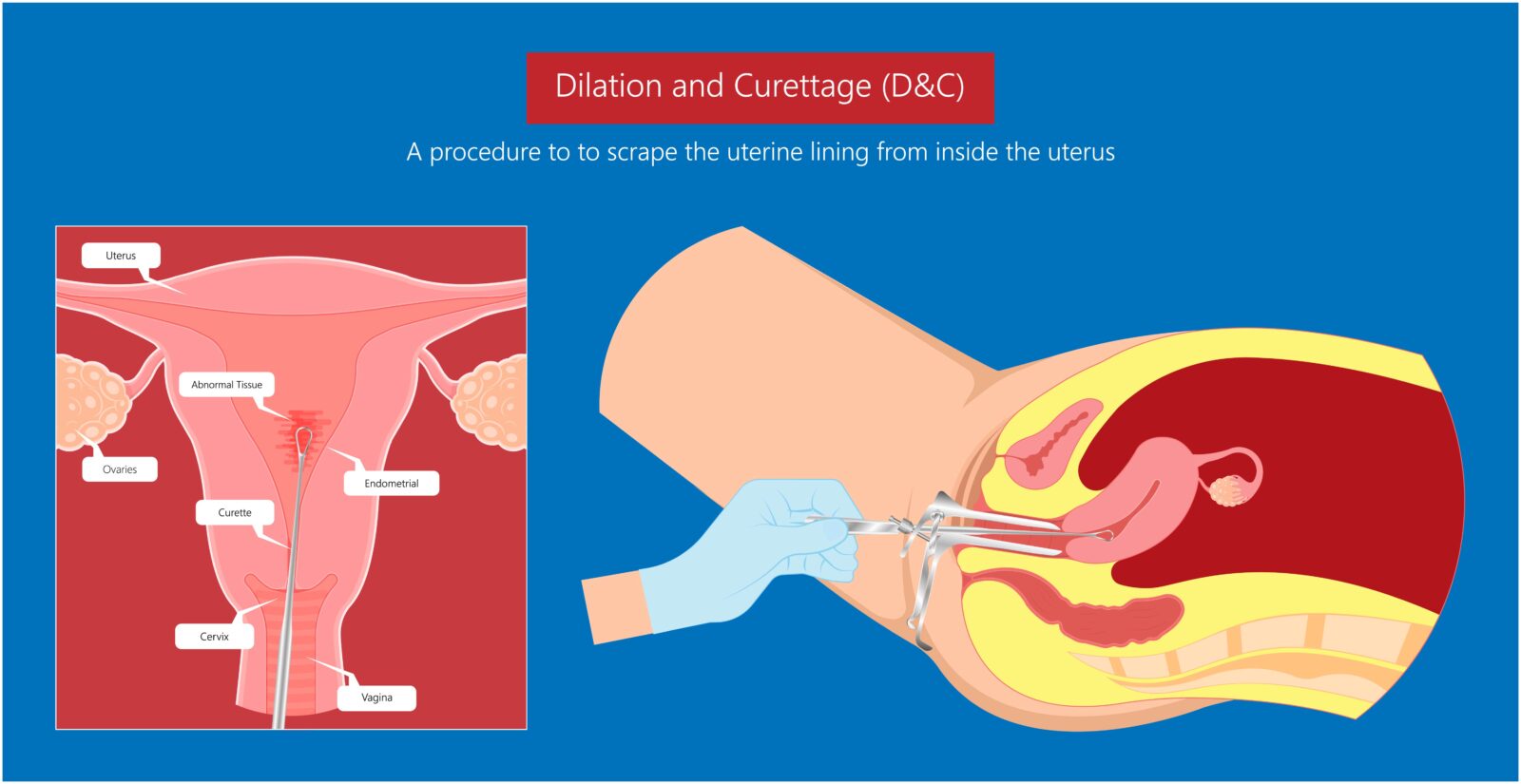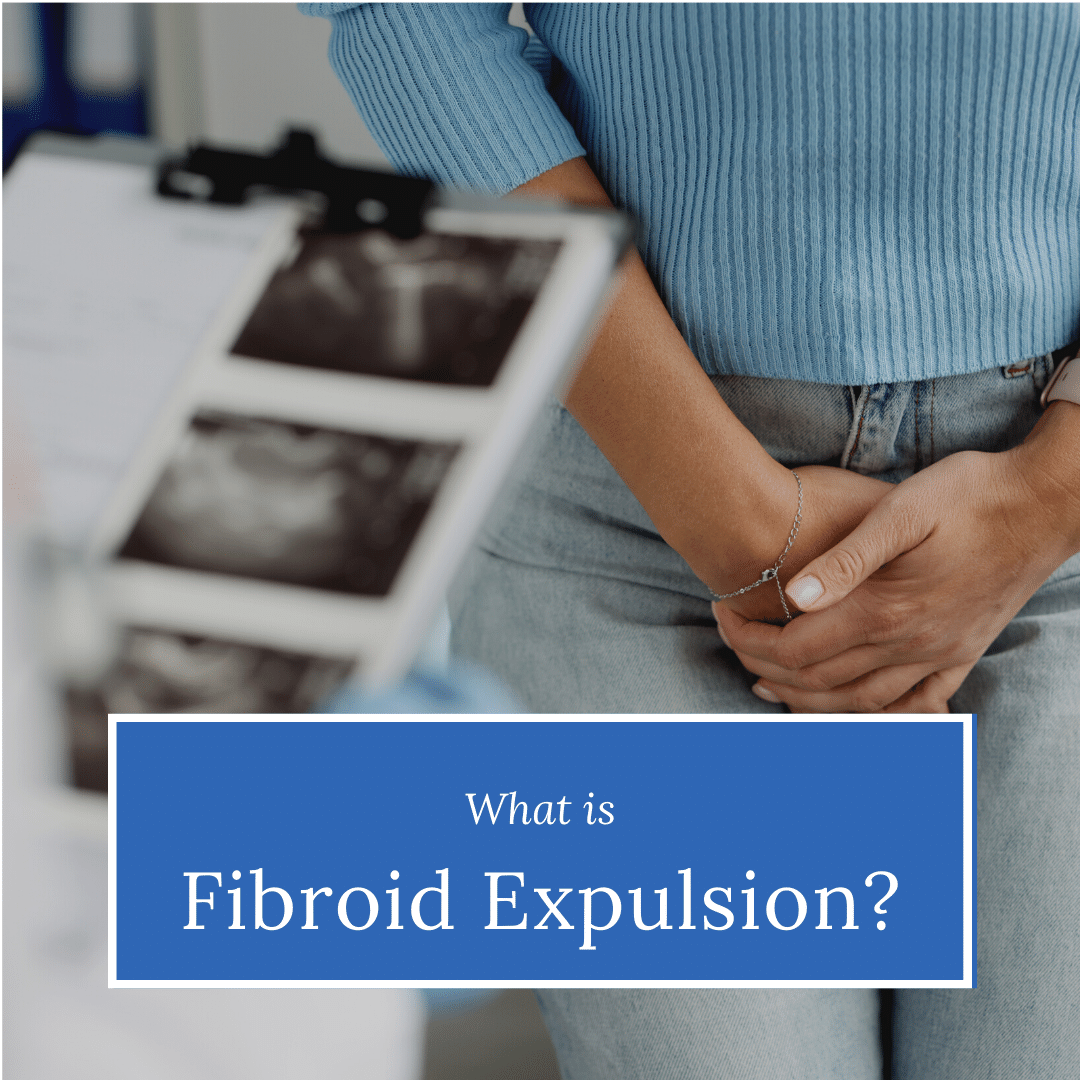If you are one of the millions of women who suffer from uterine fibroids, you may be interested in learning about fibroid expulsion. This is a natural process that can occur after having uterine fibroid embolization (UFE), a procedure that is used to treat fibroids. In this blog post, we will define what fibroid expulsion is and explain what happens during and after UFE. We will also list the symptoms of this process so that you can be aware of them if they occur. Finally, we will discuss the causes of fibroid expulsion and how UFE can lead to it.
What is fibroid expulsion?
Fibroid expulsion occurs when the body expels a fibroid through the vagina. Although rare, this can happen after uterine fibroid embolization (UFE). To give you an idea of how rare this is, a 2006 study found that out of 400 women, only 2.5% experienced fibroid expulsion after undergoing UFE. Fibroid expulsion is most likely to occur within the first few months after UFE, but it can occur any time from weeks to years afterwards. While most cases of fibroid expulsion tend to happen within a year of UFE, there have been documented cases of fibroid expulsion happening three or more years after the procedure.
What happens during fibroid expulsion?
During fibroid expulsion, the fibroid is slowly pushed out through the vagina. This can happen over a period of days or weeks. The fibroid may be expelled in one piece or in several pieces. You may notice that the expelled fibroid looks different from when it was inside your uterus – it may be smaller or have a different shape. In some cases, fibroid tissue may still be attached to the uterine wall. In these cases, tissue may collect around the cervix but not enter the vagina. Eventually, this tissue may need to be manually removed by your doctor.

What are the symptoms of fibroid expulsion?
The most common symptom of fibroid expulsion is bleeding from the vagina. This can range from light spotting to heavy bleeding. Other symptoms may include pain in the lower abdomen or back, pelvic pressure, fever, or foul-smelling discharge. If you experience any of these symptoms, especially fever and/or foul-smelling discharge, it is important to contact your doctor as this could indicate a possible infection.
What are the causes of fibroid expulsion?
The most common cause of fibroid expulsion is uterine fibroid embolization (UFE). UFE is a minimally invasive procedure that is used to treat fibroids. It involves injecting small particles into the blood vessels that supply the fibroids. This cuts off the blood supply to the fibroids and causes them to shrink. In some cases, this can lead to expulsion of the fibroid through the vagina.
Fibroid expulsion can also occur after undergoing a high-intensity ultrasound. Focused ultrasound procedures use high-frequency sound waves to target and destroy the fibroids. While this is an effective treatment for fibroids, it can also lead to expulsion of the fibroid through the vagina.
Finally, fibroid expulsion can occur spontaneously without any underlying cause. This is rare, but it has been documented in a small number of cases.
Treatment for Fibroid Expulsion

Treatment is not always needed for fibroid expulsion, however sometimes it can be necessary. For example, if an infection is present, it will need to be treated with antibiotics to prevent the infection from spreading. In some extremely rare cases, a procedure known as dilation and curettage (D and C) may be needed to remove any remaining fibroid tissue and/or to manage excessive bleeding.
In Conclusion
In this blog post, we have discussed fibroid expulsion, what happens during this process, and listed the symptoms that you may experience. We have also discussed the potential causes of fibroid expulsion and how UFE can lead to it specifically. Finally, we have briefly outlined treatment options for those who do experience fibroid expulsion. If you have any further questions about UFE or fibroid expulsion, please contact your doctor.












